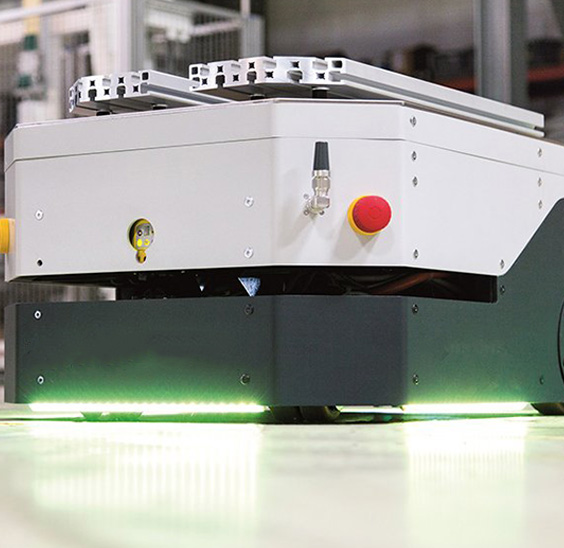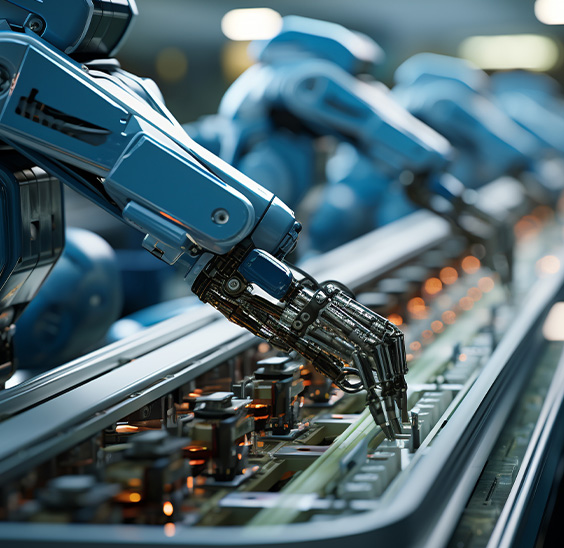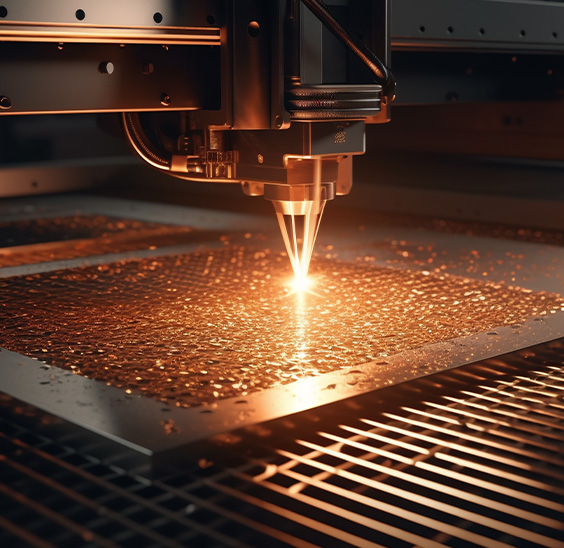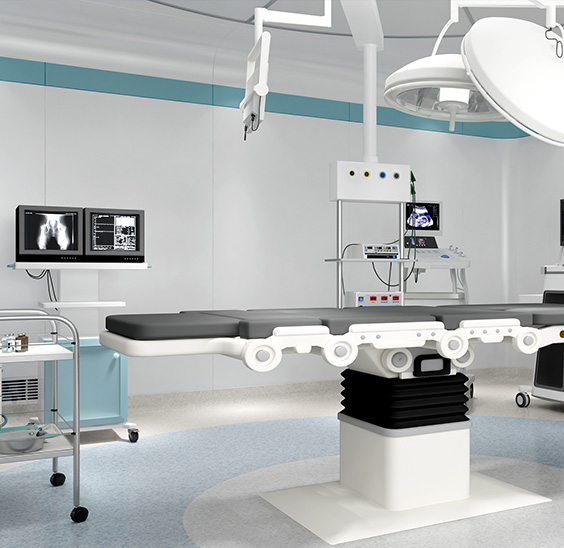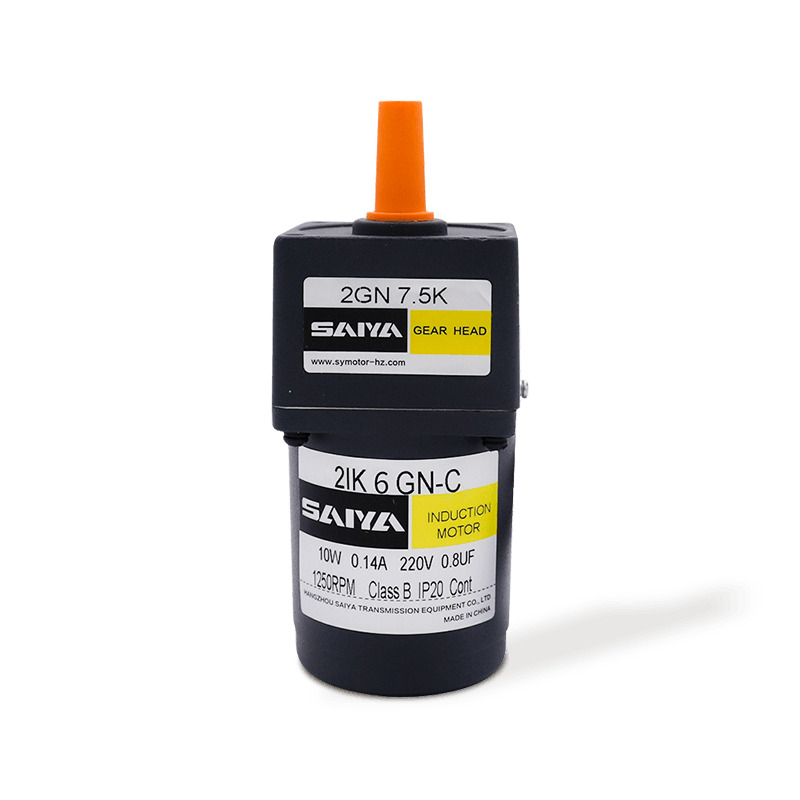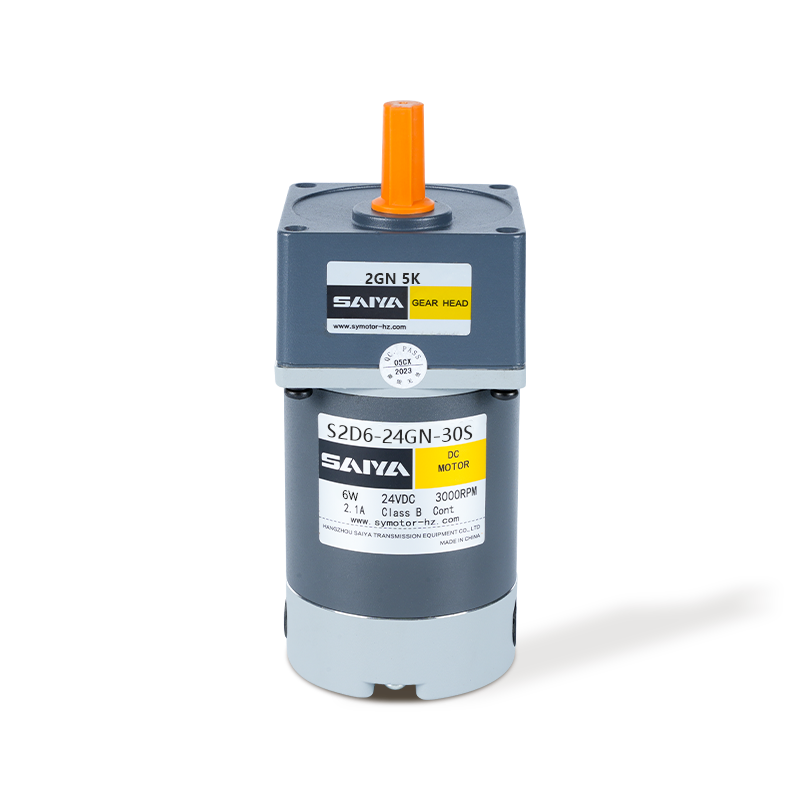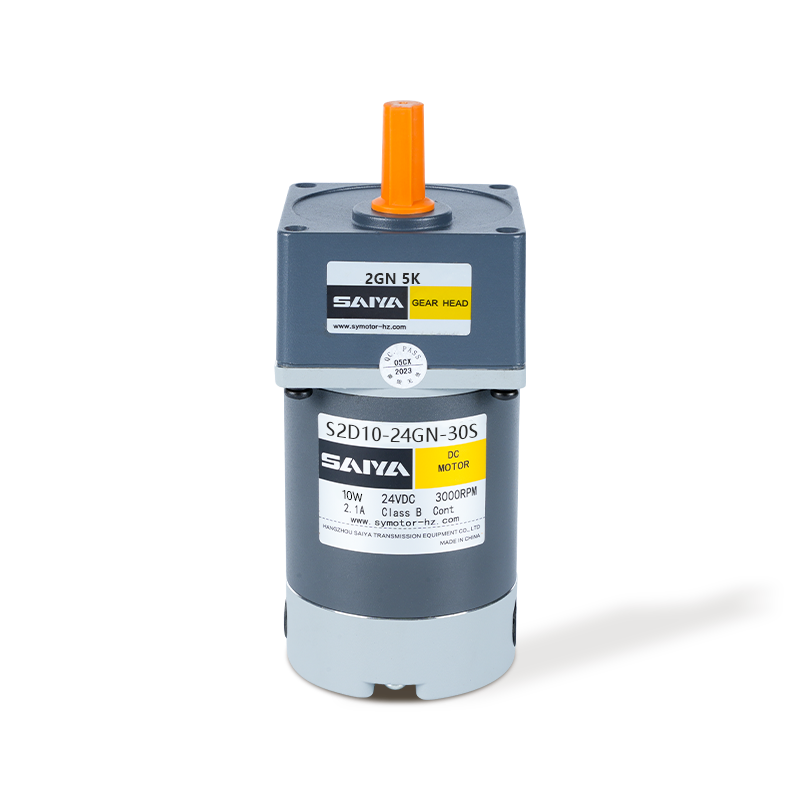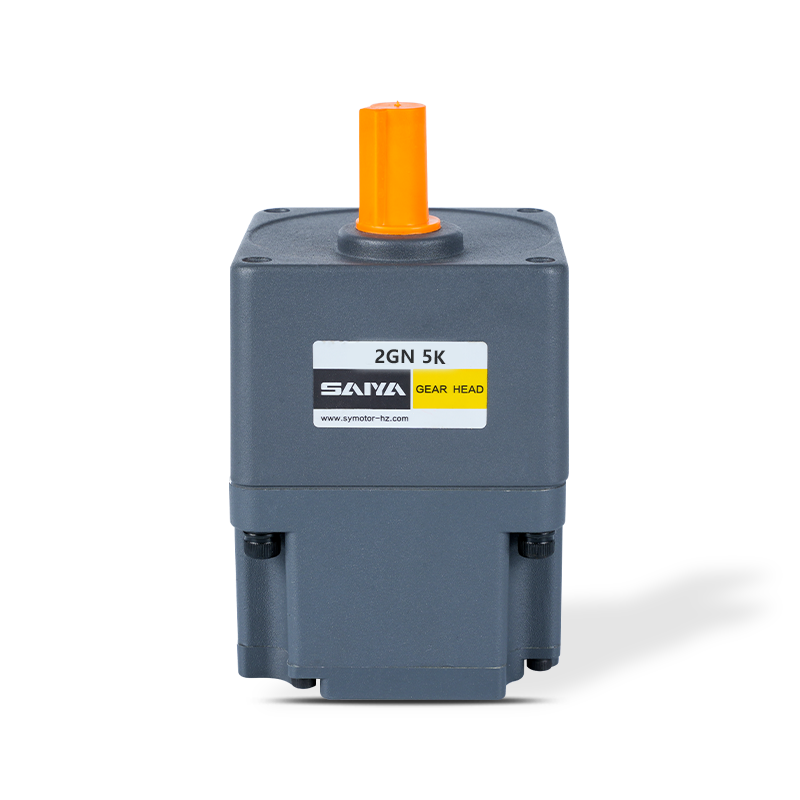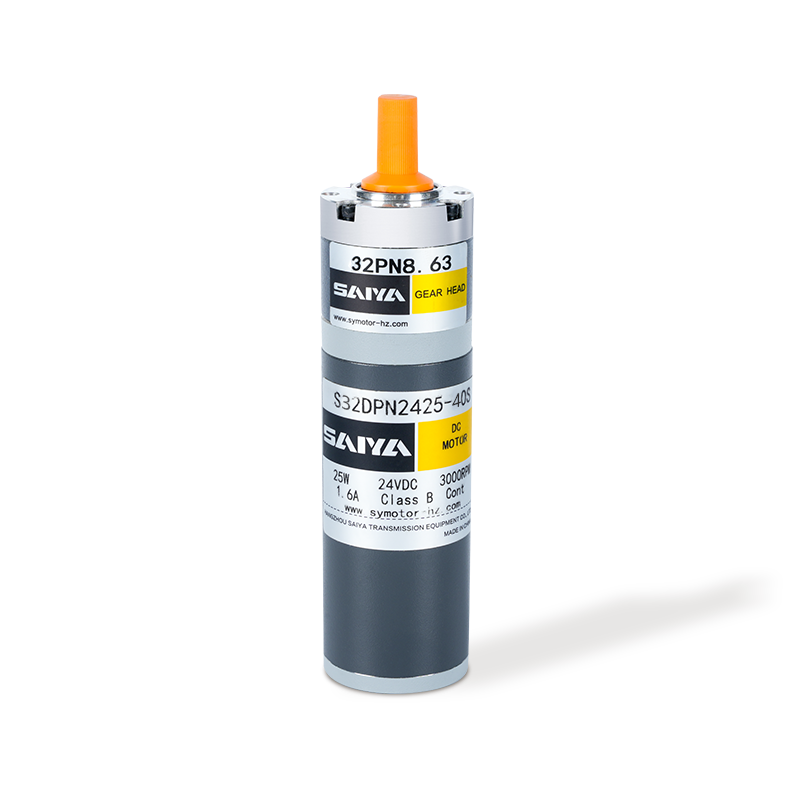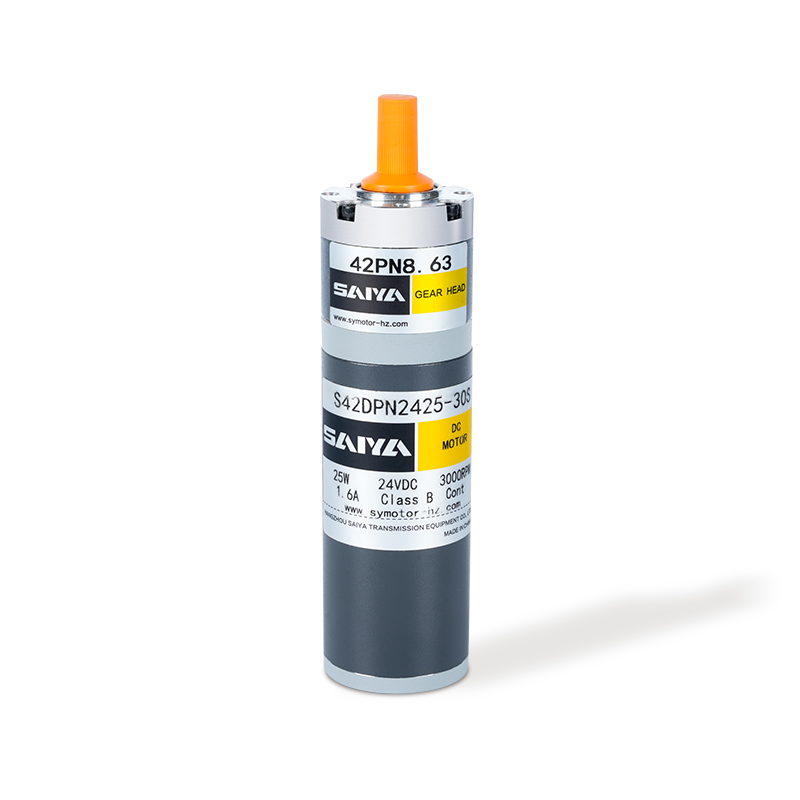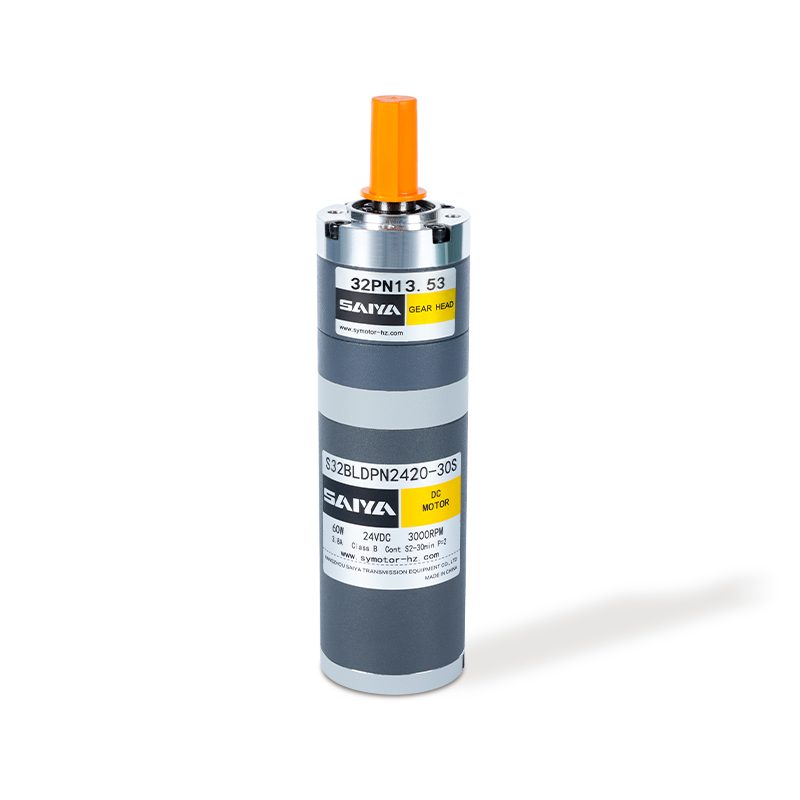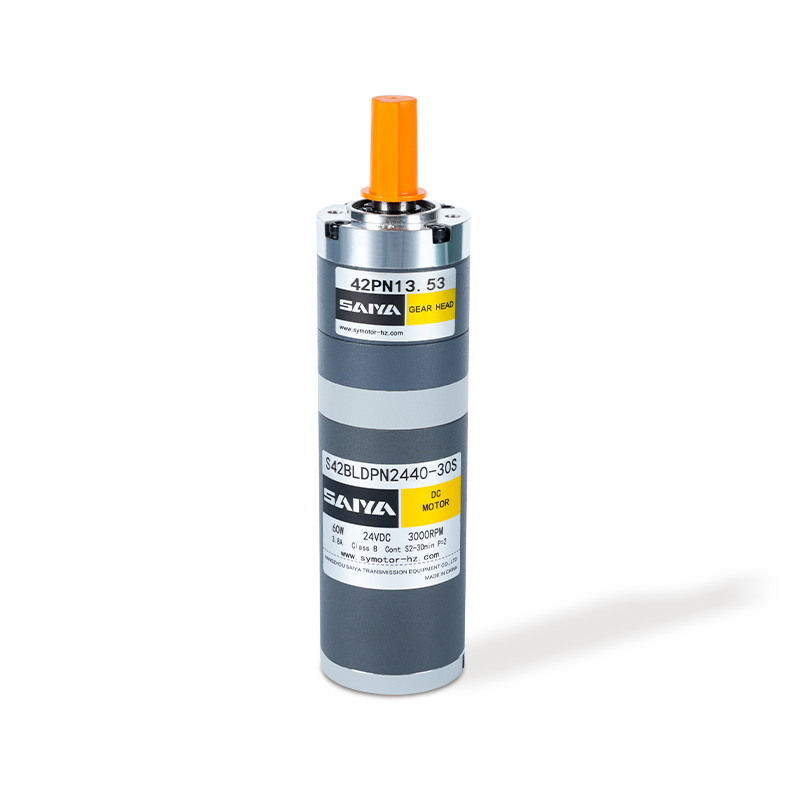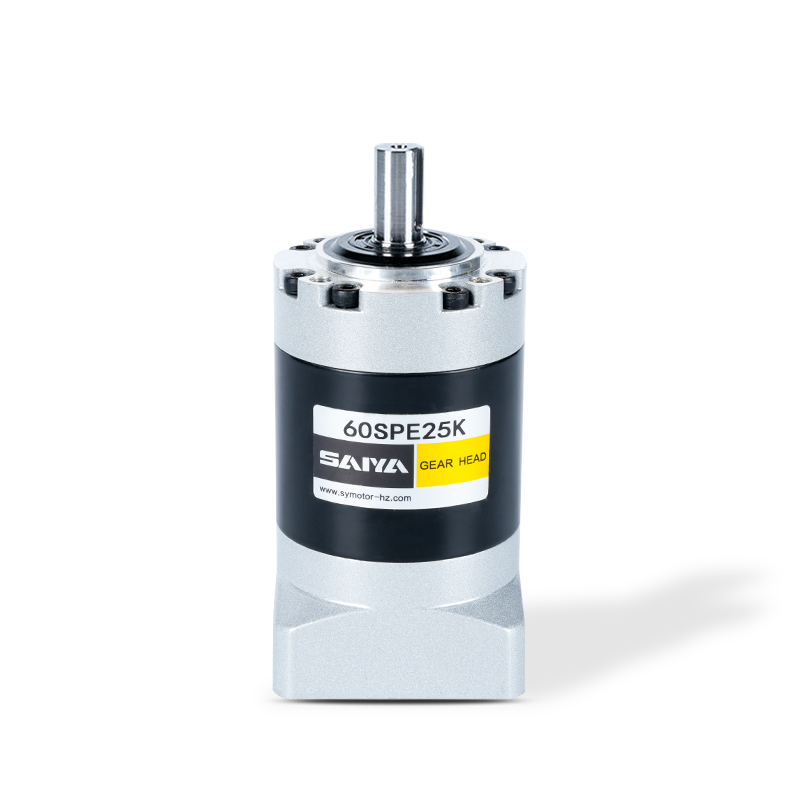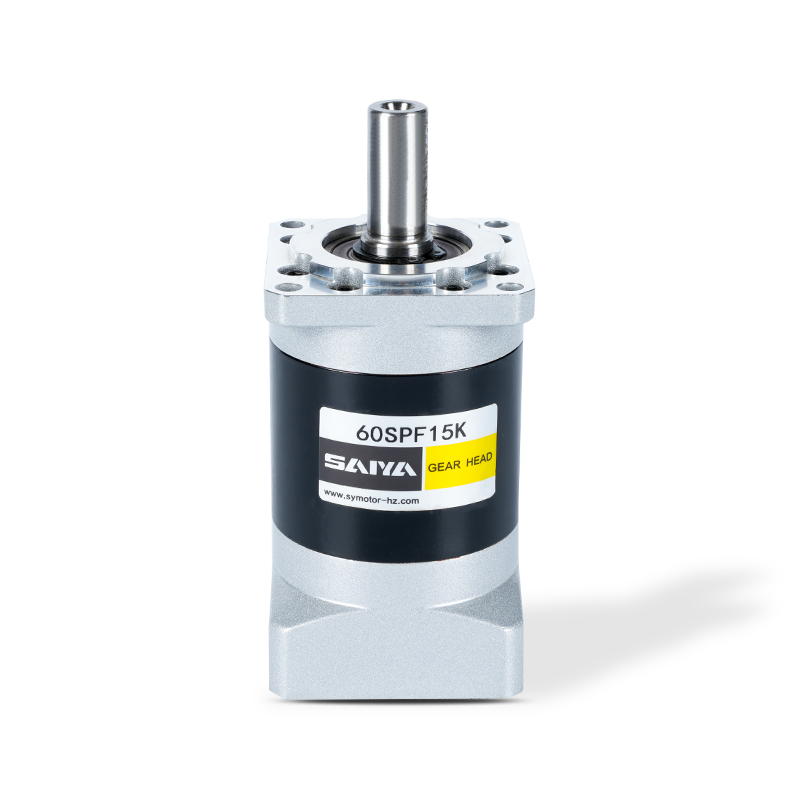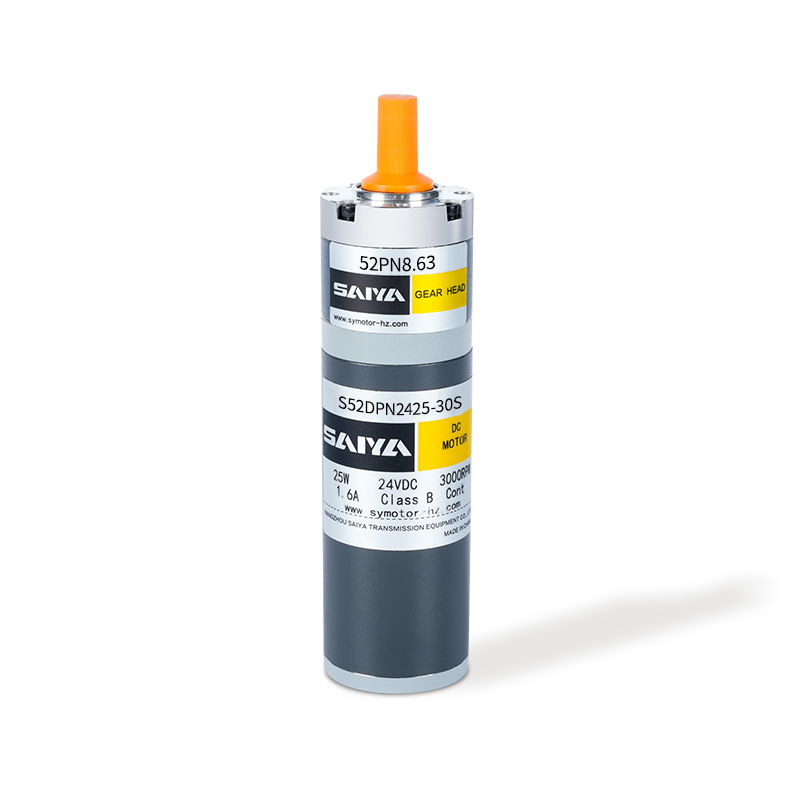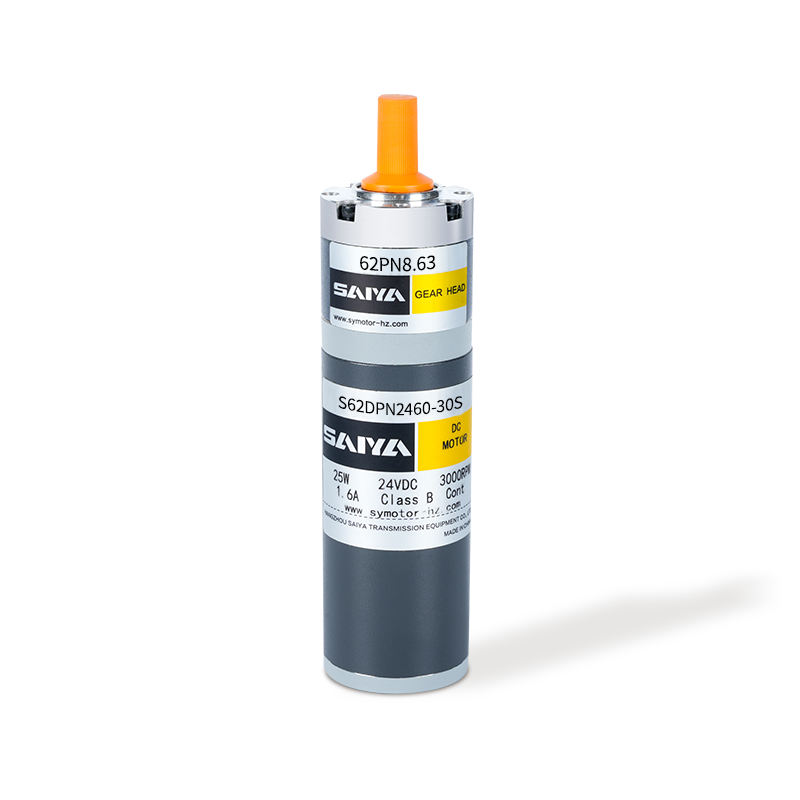Brush DC Gear Motors: Big Power in a Small Body
In today's era of mechanical and electronic integration, motors, as the core components of drive systems, play a vital role. Brush DC gear motors are one of the most widely used types. Although brushless motors are becoming more and more common in high-end applications, brushed DC gear motors still firmly occupy a place in many fields with their advantages such as simple structure, easy control and low cost.
The core structure of a brush DC gear motor can be understood as a combination of two parts: a brushed DC motor and a gearbox. The former provides the original rotational power, while the latter optimizes the output performance by reducing speed and increasing torque, making this combined motor perform well in low-speed and high-torque scenarios. Especially in devices with limited space but requiring higher torque output, it is almost an ideal solution.
The mechanical commutation structure of a brushed motor is key to understanding its working principle. This motor uses the contact between the carbon brush and the commutator to complete the switching of the current direction, thereby driving the rotor to rotate continuously. Although this structure has wear problems during long-term operation, the benefits it brings cannot be ignored. The control method is simple and direct. Speed and direction can be adjusted by adjusting voltage or current without complex electronic controllers. This feature makes Brush DC gear motor very attractive in cost-sensitive projects or projects that require a simplified control system.
When combined with a gearbox, the output characteristics of the Brush DC motor are further optimized. The gear reduction mechanism not only improves torque output, but also effectively reduces the vibration and noise of the motor at low speed, thereby improving the overall working stability and life. For example, in the fields of robot joints, camera pan/tilts, door lock drives, etc., the small-sized Brush DC gear motor can provide stable and powerful power support.
Not only that, it also has advantages in maintainability. Due to its relatively simple structure, the maintenance and replacement of components such as carbon brushes are not complicated, which is suitable for scenarios that require long-term stable operation but do not want to rely on high-cost solutions. This predictable and maintainable feature makes it particularly suitable for the rapid integration needs of small and medium-sized equipment manufacturers or prototype design stages.
With the advancement of material science and manufacturing processes, modern Brush DC gear motors have made significant progress in carbon brush life, motor efficiency and noise control. Many manufacturers are also continuously extending the life of motors and improving output stability by optimizing gear structures and adopting high-precision brush systems. These technological innovations undoubtedly extend the vitality of brush DC gear motors in contemporary applications.


 EN
EN  English
English 中文简体
中文简体 русский
русский Español
Español
